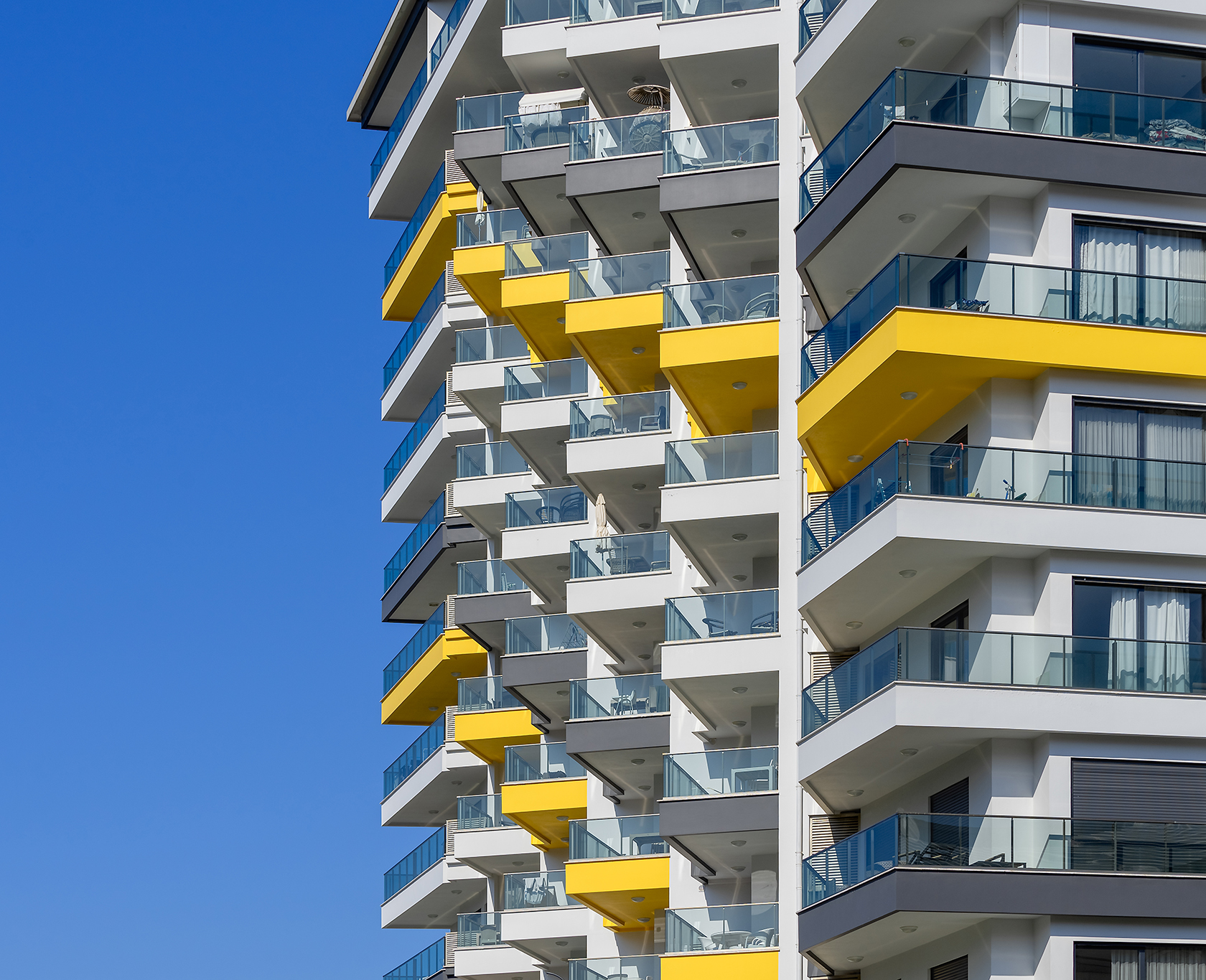Condo HOA and Community Events: Building Stronger Links
Condo HOA and Community Events: Building Stronger Links
Blog Article
Exactly How Condo HOA Governs Shared Spaces and Enhances Neighborhood Harmony
The governance of shared rooms within a condo association plays a critical function in fostering community cohesion and preserving home values. Through the establishment of thorough guidelines, the Condo HOA not just manages the usage of communal amenities yet additionally advertises a culture of respect and responsibility among locals. By dealing with possible disputes and helping with open dialogue, the HOA can enhance the total living experience. The efficiency of these methods frequently hinges on energetic involvement and dedication from all members, raising questions about the best strategies to achieve long-term area harmony.
Function of the HOA
The property owners association (HOA) serves as the regulating body for condo areas, playing an important function in preserving the home and promoting a natural living environment. It is accountable for imposing and enacting community regulations and guidelines, which are designed to maintain the visual value and performance of the shared area. This administration makes sure that all homeowners comply with a standard collection of expectations, promoting a sense of unity amongst varied house owners.
Additionally, the HOA takes care of the monetary aspects of the community, including budgeting, gathering dues, and keeping typical areas. This economic oversight is crucial in guaranteeing that necessary maintenance and renovations are carried out immediately, enhancing building worths in time. The HOA likewise works as an intermediary between citizens and external entities, such as city government and provider, resolving public issues successfully.
In Addition, the HOA frequently organizes community events and programs, encouraging neighborly communications and developing relationships among citizens. By facilitating open interaction and resolving grievances, the HOA adds to an unified living environment. Therefore, its multifaceted function is necessary in ensuring the smooth operation and general satisfaction within condo areas.
Rules for Shared Spaces
Reliable administration in condo neighborhoods requires clear policies for common areas, which are essential for preserving order and advertising a sense of community amongst residents. These rules function as guidelines that ensure everyone can delight in common areas, such as swimming pools, yards, and leisure centers, without dispute.

In addition, tidiness and upkeep standards are necessary, commonly stating that residents should tidy up after themselves and report any kind of problems to the house owners' association. By plainly communicating these assumptions, the HOA can decrease misconceptions and motivate respect amongst locals.
Eventually, distinct guidelines for common areas add to the total lifestyle in a condo area, enabling citizens to exist together in harmony while enjoying the services that enhance their living experience. condo hoa.
Importance of Neighborhood Guidelines
Neighborhood standards play a significant duty in cultivating a respectful and cohesive setting within condominium organizations. These guidelines establish clear assumptions for residents, advertising a sense of accountability and shared obligation. By delineating acceptable habits and methods, area guidelines aid protect against misconceptions and disputes among residents.
Furthermore, these standards act as a framework for keeping the look at this now useful and aesthetic honesty of common areas. They make certain that all citizens follow requirements pertaining to property maintenance, noise degrees, and usage of common centers. This uniformity not only boosts the visual charm of the neighborhood however additionally adds to overall residential property worths, benefiting all home owners.

Problem Resolution Methods
Navigating problems within a condo association requires a structured technique to make certain reasonable and find more information efficient resolution. Reliable conflict resolution approaches typically start with open interaction, urging citizens to voice problems in a considerate manner. Developing an assigned network for complaints, such as a recommendation box or an on the internet discussion forum, can facilitate this process.
Mediation is an additional critical approach, in which a neutral 3rd party aids contesting locals get to a mutually agreeable option. This approach fosters cooperation and understanding, minimizing hostility - condo hoa. The HOA board should likewise develop clear procedures for attending to complaints, making sure all parties know the steps entailed
Routine conflict resolution training for board members can improve their capacity to a knockout post manage disputes effectively. Making use of a distinct structure, such as the "Interest-Based Relational Strategy," helps concentrate discussions on passions instead of placements, advertising a solutions-oriented attitude.
Benefits of Neighborhood Harmony
Fostering community harmony within a condominium organization brings numerous benefits that boost the general living experience for citizens. A harmonious neighborhood encourages collaboration and cooperation among neighbors, resulting in a more like-minded environment. When homeowners feel connected and reputable, they are more probable to take part in public activities and join decision-making processes, causing a more powerful feeling of belonging.
Additionally, neighborhood consistency significantly minimizes disputes and misconceptions, which can or else interfere with day-to-day live. A relaxed setting minimizes stress and anxiety and promotes psychological well-being, allowing locals to enjoy their homes completely. In addition, unified partnerships often equate right into raised building values, as potential purchasers are drawn to communities characterized by stability and participation.
Final Thought
Through the establishment of clear policies and area standards, homeowners are motivated to preserve a respectful and answerable setting. Eventually, the efforts of the HOA add to a natural neighborhood, promoting both home values and general resident complete satisfaction.
In Addition, the HOA frequently organizes community occasions and programs, urging neighborly interactions and building connections amongst residents. By defining acceptable habits and practices, neighborhood standards help protect against misunderstandings and problems amongst citizens.
Additionally, neighborhood standards assist in efficient communication amongst residents and the Homeowners Association (HOA) Through the facility of clear policies and area standards, homeowners are urged to preserve a responsible and considerate setting. Eventually, the initiatives of the HOA add to a natural neighborhood, advertising both residential or commercial property worths and general resident complete satisfaction.
Report this page